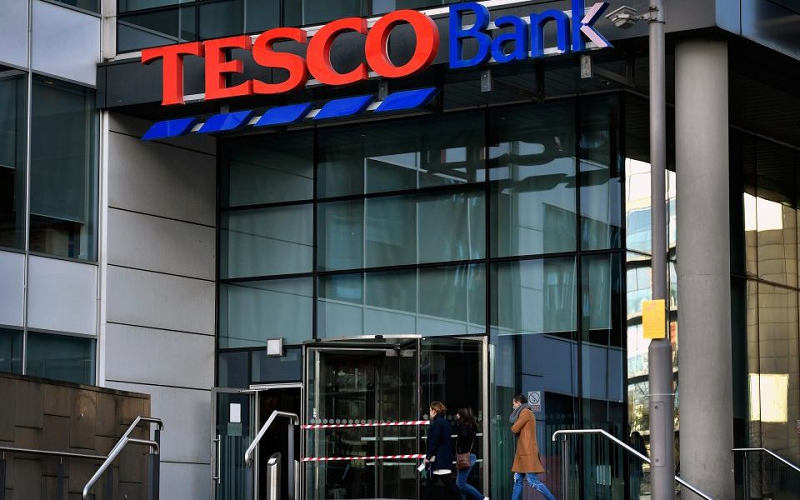
Tesco announced the sale of most of its banking arm to Barclays in a deal valued at up to £1bn. The transaction includes Tesco Bank’s credit cards, loans, and savings accounts, with about 2,800 staff transferring to Barclays. However, Tesco’s wider financial services, such as insurance and ATMs, will remain with the supermarket.
Under the agreement, Barclays will pay approximately £600m upfront, with an additional £400m expected pending the conclusion of certain processes. Tesco stated that the total sum would be returned to shareholders through a share buyback.
The deal allows Tesco to focus on its retail business while strengthening its finances. It also initiates a strategic partnership between Tesco and Barclays for an initial 10 years. This partnership enables Barclays to market and distribute banking products under the Tesco brand.
Shares in Tesco rose following the announcement, reflecting investor confidence in the deal. Barclays also experienced a slight increase in its share price.
Ken Murphy, Tesco’s CEO, emphasized the benefits of the transaction for both companies, highlighting the strategic opportunities it presents. Barclays Group CEO, C.S. Venkatakrishnan, echoed this sentiment, emphasizing the creation of new distribution channels and the enhancement of Tesco’s loyalty scheme through the partnership.
The sale marks a strategic move by Tesco to streamline its operations, focusing on its core retail business. It follows a trend among supermarkets to divest non-core activities and concentrate on essential operations.
Tesco’s exit from banking reflects broader shifts in the industry, with digital banks emerging as significant challengers to traditional institutions. The supermarket’s decision to sell its banking operations aligns with similar moves by competitors like Sainsbury’s, signaling a renewed focus on core business activities.






Be First to Comment